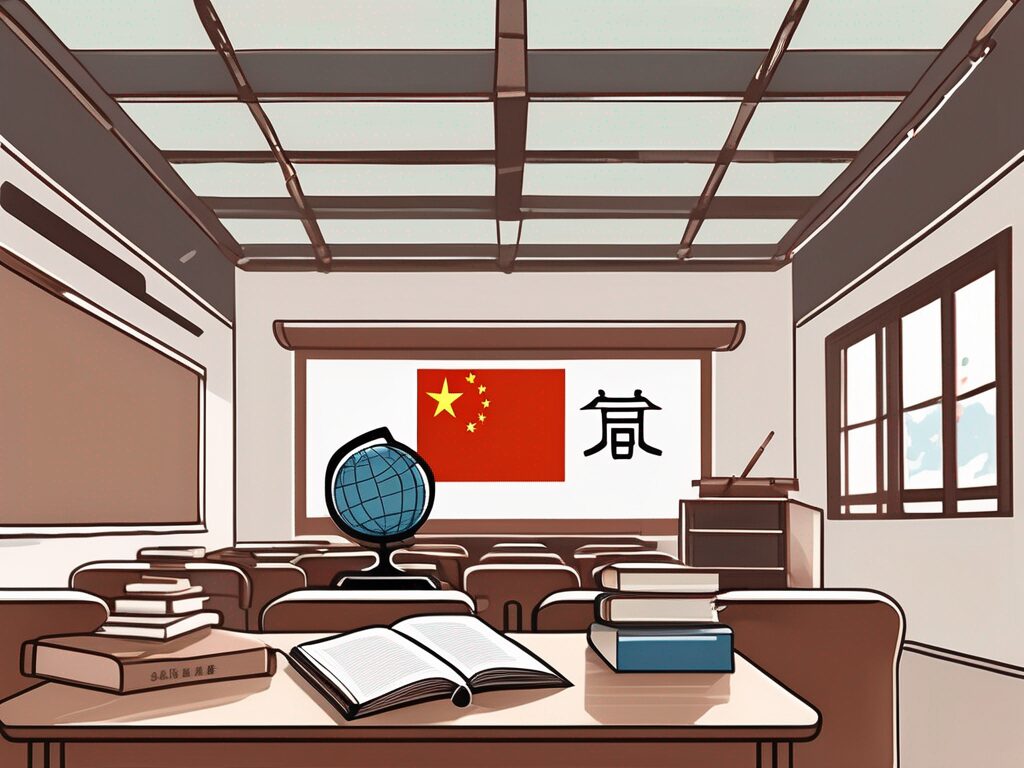What is an Example of Pedagogy in the Classroom?
Pedagogy in the classroom is a crucial element for aspiring international teachers. Understanding and implementing effective teaching strategies can significantly impact student learning and open doors to global teaching opportunities. In this article, we will explore what pedagogy means, why it’s important for international educators, and how you can apply it to succeed in your teaching career.
Table of Contents
- Why is it Important for Aspiring International Teachers?
- Key Skills or Qualifications Required
- Steps to Get Started
- Challenges and How to Overcome Them
- Best Practices and Tips for Success
- Conclusion
Why is it Important for Aspiring International Teachers?
Pedagogy is the art and science of teaching, and it plays a vital role in shaping effective educators. For aspiring international teachers, understanding diverse pedagogical approaches is essential. The global job market for teachers is competitive, with schools seeking educators who can adapt to various educational systems and cultural contexts. According to recent data, international schools are increasingly looking for teachers with strong pedagogical skills to enhance student engagement and learning outcomes.
Key Skills or Qualifications Required
To excel in pedagogy, aspiring international teachers should focus on developing the following skills:
- Adaptability to different teaching environments
- Strong communication and interpersonal skills
- Ability to integrate technology into teaching
- Cultural sensitivity and awareness
- Continuous professional development
Steps to Get Started
Embarking on a journey to become an effective international educator involves several steps:
- Obtain relevant teaching certifications, such as TEFL or iQTS.
- Gain experience through teaching internships or volunteer opportunities.
- Engage in professional development courses to enhance pedagogical skills.
- Network with other educators and join international teaching communities.
Challenges and How to Overcome Them
Teaching in an international context comes with its own set of challenges, including language barriers, cultural differences, and varying educational standards. To overcome these challenges, educators should:
- Participate in cultural exchange programs to gain firsthand experience.
- Learn the local language to improve communication with students and colleagues.
- Stay informed about global educational trends and practices.
Best Practices and Tips for Success
To succeed as an international educator, consider the following best practices:
- Incorporate diverse teaching methods to cater to different learning styles.
- Foster an inclusive classroom environment that respects all cultures.
- Utilize technology to create interactive and engaging lessons.
- Seek feedback from peers and students to continuously improve your teaching.
Conclusion
Understanding and applying effective pedagogy in the classroom is essential for aspiring international teachers. By developing key skills, overcoming challenges, and implementing best practices, educators can enhance their teaching effectiveness and open doors to rewarding international opportunities. Embrace the journey of becoming a global educator and make a lasting impact on students worldwide.
Want to become a teacher in a Tier 1 international school? Join the course here.

